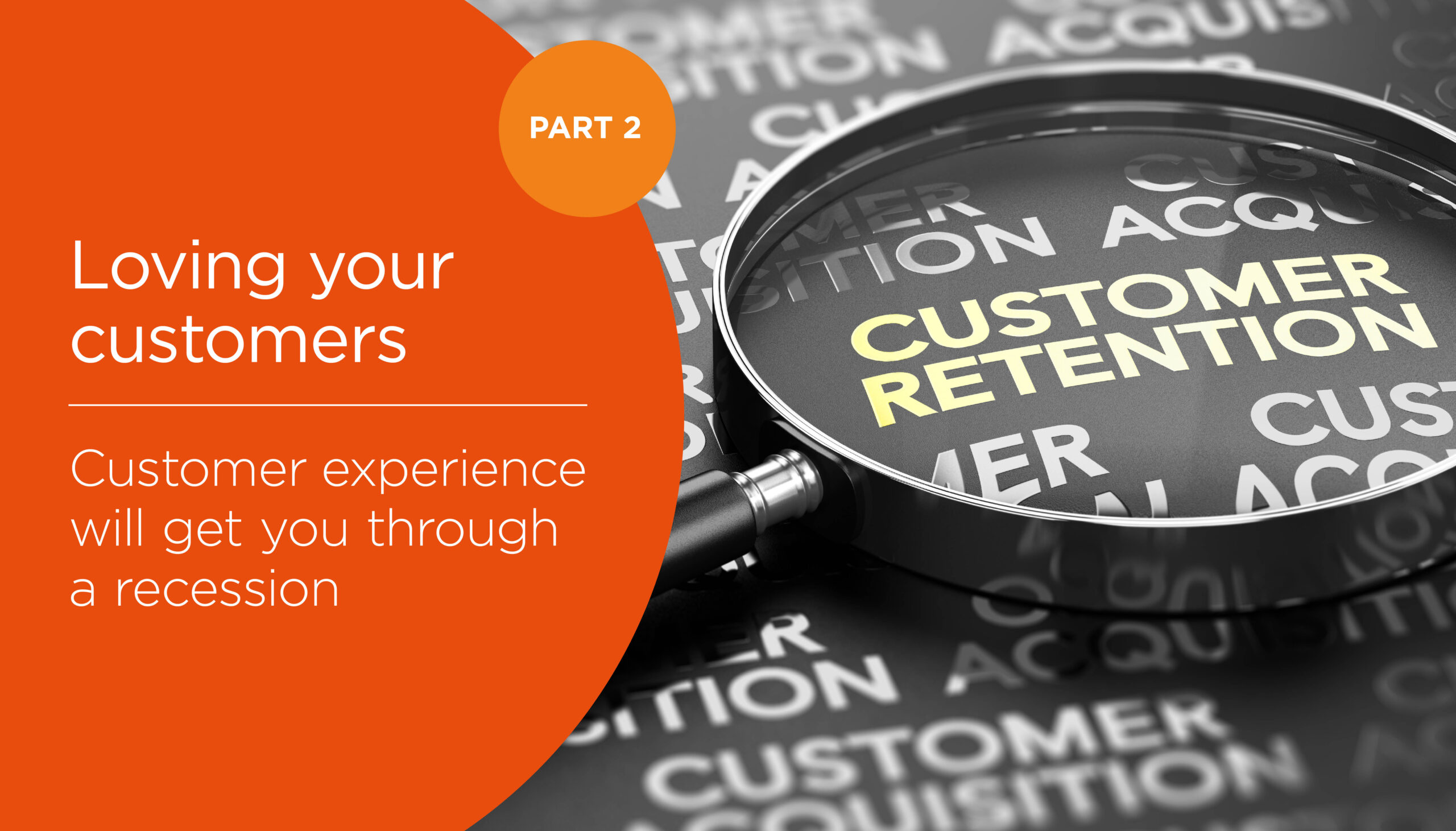In the era of personalised marketing, customers expect to be treated as individuals rather than just another name on a list. This is especially true for values-driven B2B and non-profit organisations where relationships and a sense of community are highly valued. By leveraging personalisation and engagement, you can create a stronger connection with your customers and foster their loyalty.
Here are four ways to achieve this:
Use Customer Data Wisely
Start by collecting customer data that allows you to personalise their experience with your brand. You can segment your audience based on factors such as demographics, location, interests, and past interactions with your brand. Then, use this data to deliver targeted messaging and content that resonates with your customers.
Create Relevant Content
Speaking of content, personalisation is all about tailoring your messaging to specific customers. This could mean sending personalised emails, creating targeted blog posts, or delivering relevant offers based on previous purchase history.
Offer Exclusive Benefits
By offering exclusive benefits such as loyalty rewards, early access to products, or special discounts, you can make your customers feel valued and appreciated. These incentives can be a powerful motivator for customers to continue doing business with you.
Build a Strong Community
Engagement is another key aspect of customer retention. By creating a strong community around your brand, you can foster a sense of belonging and encourage customers to engage with your brand on a deeper level. This could involve hosting events, starting a social media group, or simply responding promptly to customer inquiries.
Overall, personalisation and engagement are critical components of any successful customer retention strategy. By leveraging customer data, delivering relevant content, offering exclusive benefits, and building a strong community, you can foster a loyal customer base that will support your organisation even during tough economic times.
Measuring and monitoring customer retention to optimise marketing plans
Once you have built a strong customer experience, the next step is to measure and monitor customer retention to optimise your marketing plans. It's important to have a clear understanding of your retention rates and how they are changing over time. This will allow you to identify any areas that need improvement and adjust your strategy accordingly.
One way to measure retention is to calculate your customer retention rate (CRR), which is the percentage of customers who continue to do business with you over a given period. To calculate CRR, divide the number of customers you retained by the number of customers you had at the beginning of the period, then multiply by 100.
Another important metric to track is customer lifetime value (CLV), which estimates the total value a customer will bring to your business over the course of their relationship with you. By calculating CLV, you can identify which customers are most valuable to your business and focus your retention efforts on them.
It's also important to monitor customer feedback and sentiment through surveys, social media, and other channels. This will help you identify areas where customers are satisfied or dissatisfied, and give you the insights you need to improve your retention strategies.
By measuring and monitoring retention rates, CLV, and customer feedback, you can optimise your marketing plans for sustainable growth and long-term success. Retention-focused marketing can help your organisation weather the storm of a recession and emerge stronger than ever.
Implementing long-term retention strategies for sustainable business growth
While focusing on customer retention during a recession is important, it’s also crucial to implement long-term retention strategies that can contribute to sustainable business growth in the future. Here are a few ways that values-driven B2B and non-profit organisations can do just that:
1. Develop a Customer-centric Culture
It’s important to develop a company culture that’s centred around customer experience. This means empowering employees to make decisions that prioritise the customer’s needs and preferences. It also means continually seeking feedback from customers and incorporating that feedback into business decisions.
2. Personalise the Customer Experience
Personalising the customer experience is key to building a strong connection with your customers. It shows that you care about their individual needs and preferences. One way to do this is by segmenting your customer base and tailoring your communication and marketing efforts to each segment. You can also offer personalised product recommendations and discounts based on a customer’s purchase history and preferences.
3. Create a Loyalty Program
A loyalty program can incentivise customers to keep coming back to your business. You can offer exclusive discounts, early access to new products, or even free products or services as a reward for customer loyalty. This helps create a sense of community and makes customers feel appreciated and valued.
4. Embrace Social Responsibility
Values-driven organisations have a unique opportunity to build customer loyalty by embracing social responsibility. This means finding ways to give back to the community and the environment. For example, you can donate a portion of your profits to a charity or implement sustainable business practices.
5. Continuously Monitor and Improve
It’s important to continuously monitor customer retention and track metrics like customer satisfaction and loyalty. This allows you to identify areas for improvement and adjust your retention strategies accordingly. For example, you can implement surveys or feedback loops to collect customer insights and use that feedback to improve the customer experience.

